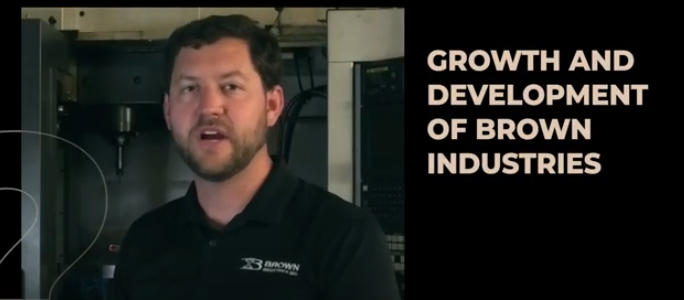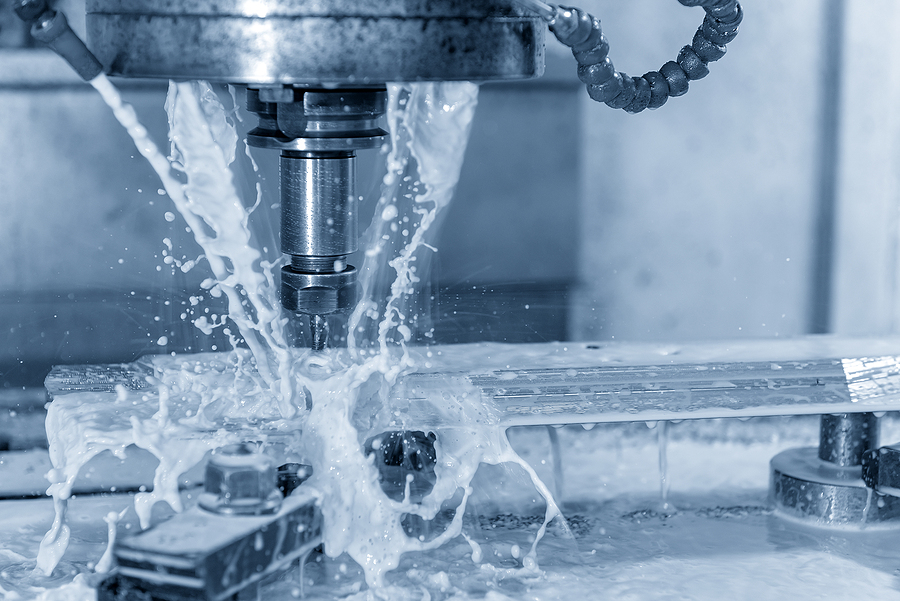Efficiency and precision are significant in product development. Mill turning for prototyping is a game-changing technique that combines the best of milling and turning operations, offering manufacturers a powerful tool to bring their ideas to life quickly and accurately. This innovative approach to prototyping is revolutionizing the way companies create and test new products across multiple industries.
What Is Prototyping?
This is a manufacturing process for quickly creating molds, dies, and other tools to rapidly fabricate parts for prototypes or small batches of parts. Rapid prototype tooling enables designers and engineers to test and refine their designs early in the manufacturing process. Prototyping ensures a design is functional and reliable before moving into full-scale production.
Machines using CNC, or Computer Numerical Control, employ a CAD (computer-aided design) file to guide the machine’s cutting tool, either a router or a milling cutter. It offers faster fabrication of parts with a high degree of accuracy, reducing costly errors and re-dos later.
Design teams can accelerate iteration cycles, reduce costs, and streamline development using prototype tooling. Ultimately, this leads to a faster, more precise transition from concept to reality.
The Power of Mill Turning for Prototyping
Mill turning for prototyping integrates turning and milling functions into a single setup. This allows for the creation of complex part geometries in one seamless process. This integration offers several key advantages that make it an ideal choice for prototype development:
- Enhanced Accuracy and Precision: CNC mill turning for prototyping delivers exceptional accuracy and precision. This is vital for creating functional prototypes that closely resemble the final product. The ability to perform multiple operations simultaneously reduces the need for repositioning, minimizing errors, and ensuring tight tolerances. This high level of precision is particularly valuable in industries such as aerospace, automotive, and medical device manufacturing, where even the slightest deviation can have significant consequences.
- Improved Efficiency: Mill turning for prototyping significantly reduces production time and increases efficiency when combining turning and milling operations. The seamless transition between operations eliminates the need for multiple setups, reducing cycle times and improving overall productivity. This efficiency is particularly beneficial in the prototyping phase, where quick iterations and rapid testing are essential for refining designs and bringing products to market faster.
- Versatility in Material and Design: Mill-turning machines can handle a variety of materials, from metals and alloys to composites, making them versatile tools for prototype development. This flexibility allows designers to experiment with different materials and create prototypes that closely match the intended final product. Additionally, the advanced capabilities of mill turning enable the creation of intricate geometries and complex contours that might be challenging or impossible to achieve with traditional methods.
Applications of CNC Mill Turning for Prototyping
The versatility of mill turning makes it an excellent choice for prototyping across various industries:
- Aerospace. Mill turning is used to create prototypes for critical components such as turbine blades, engine parts, and structural elements. The high precision and ability to work with advanced materials make it ideal for developing parts that withstand extreme conditions.
- Automotive. Automotive manufacturers leverage mill turning to prototype engine components, transmission parts, and precision brackets. The ability to quickly produce accurate prototypes allows for faster design iterations and more efficient testing processes.
- Medical Devices. In the medical field, mill turning is invaluable for prototyping surgical tools, implants, and diagnostic equipment. The precision and material versatility of mill turning enables the creation of complex, biocompatible prototypes that are thoroughly tested before moving to production.
- Electronics. For the electronics industry, mill turning facilitates the prototyping of enclosures, heat sinks, and connectors. Creating precise, functional prototypes allows for early testing of thermal management and assembly processes.
Advantages of Mill Turning for Rapid Prototyping
- Cost-Effectiveness: Mill turning is a cost-effective solution for low-volume production and prototyping. Unlike processes such as injection molding that require expensive molds, mill turning doesn’t need specialized tooling, making it flexible and economical for small-batch production and prototyping.
- Reduced Manufacturing Process Chain: Mill turning significantly shortens the product manufacturing process chain by completing all or most of the processing in one setup. This reduction minimizes production auxiliary time, manufacturing cycles, and fixture waiting times, greatly enhancing overall production efficiency.
- Improved Surface Finish: Mill turning machines offer minimal tool vibration and chatter, contributing to smoother surface finishes. The simultaneous machining enables precise material removal and surface contouring resulting in components with higher accuracy and smoothness.
Embracing the Future of Prototyping
The demand for efficient, precise, and versatile prototyping methods grows as product development cycles accelerate. Mill turning for prototyping stands out as a solution that meets these needs, offering manufacturers the tools to bring their ideas to life with unprecedented speed and accuracy.
When they embrace CNC mill turning for prototypes, companies can streamline their development processes, reduce time-to-market, and ultimately gain a competitive edge in their respective industries. Expect mill-turning capabilities to expand further as technology continues to advance. This opens new possibilities for innovation and product design.
Mill turning for prototyping represents a significant leap forward in manufacturing technology, offering a powerful combination of precision, efficiency, and versatility. For businesses looking to stay at the forefront of product development, investing in this technology could be the key to unlocking new levels of innovation and success.




